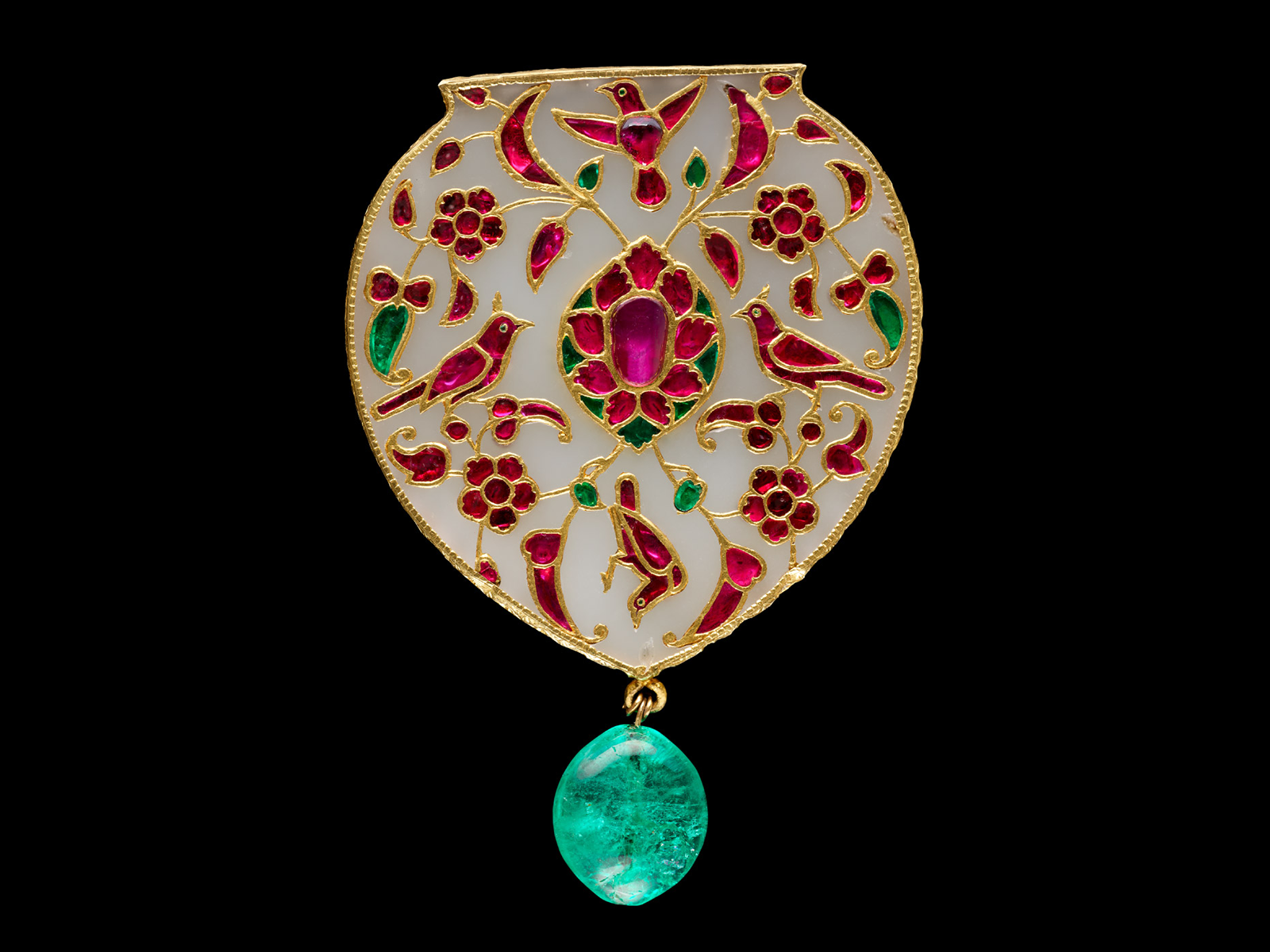This page has been idle for a while. To make sure you don’t miss out on the latest content, please reload the page.Refresh
Refresh
This page has been idle for a while. To make sure you don’t miss out on the latest content, please reload the page.Refresh
Refresh




Between the 1560s and the 1660s, the Mughal dynasty (1526–1857) in South Asia experienced its “golden age” as one of the world’s most powerful imperial families at the time. This century witnessed the reigns of three remarkable emperors: Akbar (r. 1556–1605), his son Jahangir (r. 1605–1627), and his grandson Shah Jahan (r. 1628–1658). This exhibition celebrates the extraordinary artistic achievements of the Mughal dynasty, focusing on the roles of the three emperors in shaping and developing the rich and diverse artistic traditions of the court, where cultural elements from South Asia, China, Iran, Europe, and beyond converged.
The Mughals were a Muslim, Persian-speaking dynasty. Their first emperor, Babur (r. 1526–1530), was descended from both Amir Timur (r. 1370–1405), the Central Asian conqueror, and Genghis Khan (r. 1206–1227), the founder of the Mongol dynasties. Babur’s dynasty became known as “Mughal”, the Persian for “Mongol”.
This exhibition is jointly organised by the V&A and the Hong Kong Palace Museum, and is solely sponsored by The Hong Kong Jockey Club Charities Trust. Approximately 100 spectacular loans from the V&A Collection, supported by loans from Kuwait, UK, and other international collections, range from paintings to jewellery, architectural fragments, weaponry, textiles, and ceramics. The Hong Kong Palace Museum, the Chris Hall Collection at the Hong Kong Palace Museum, and the Collection of Mengdiexuan also provide important loans.
Cover image: Pendant. Mughal court workshops. About 1610–1620. Nephrite jade set with rubies and emerald in gold. The Victoria and Albert Museum, 02535(IS). © Victoria and Albert Museum, London